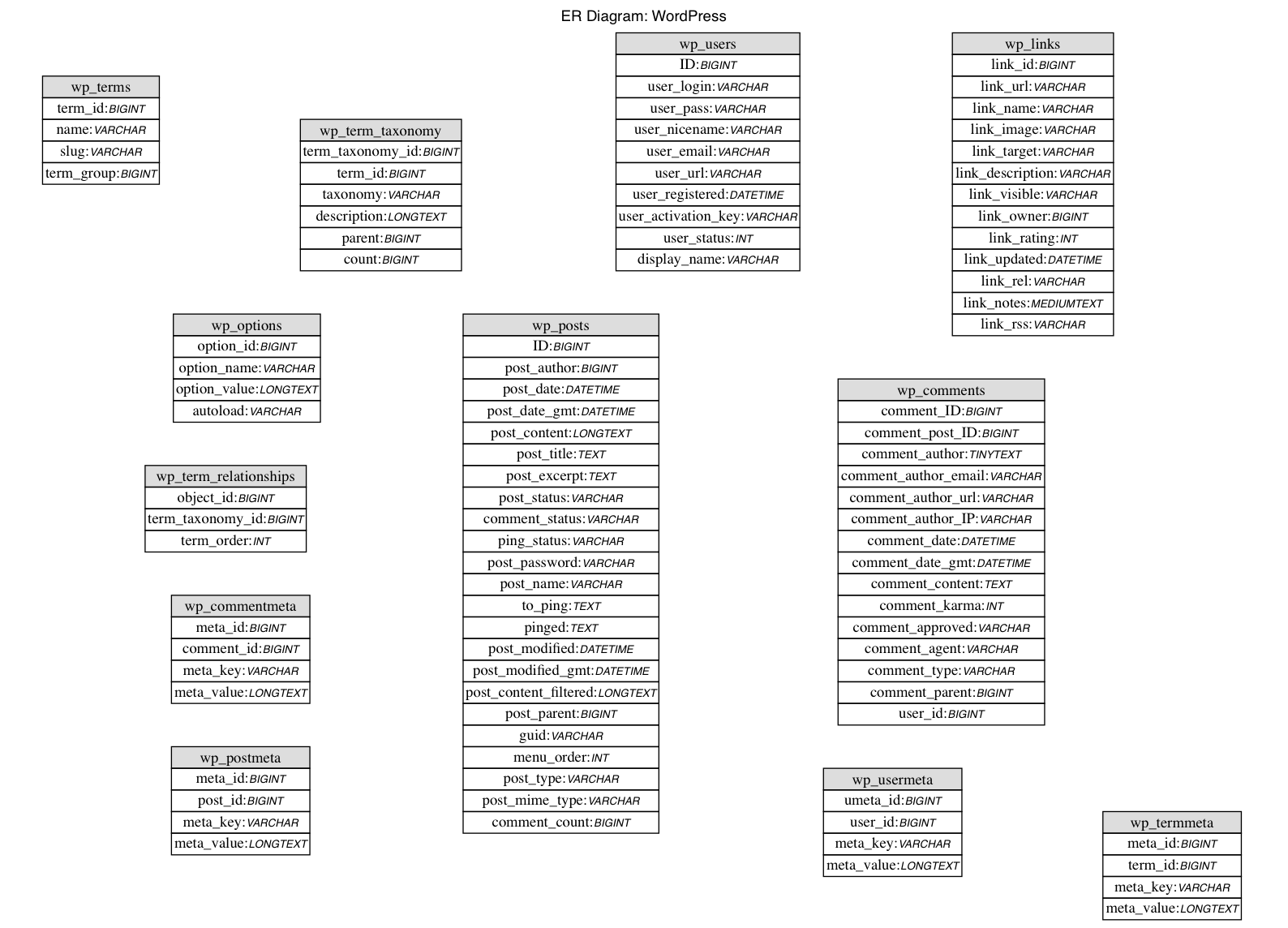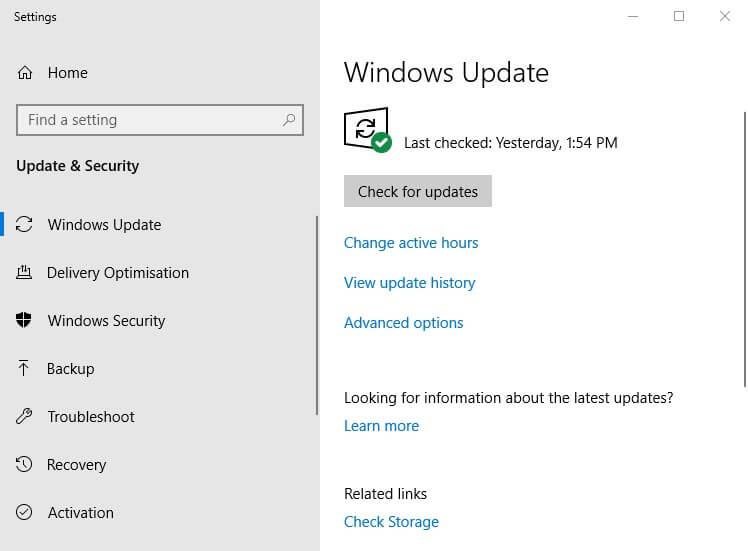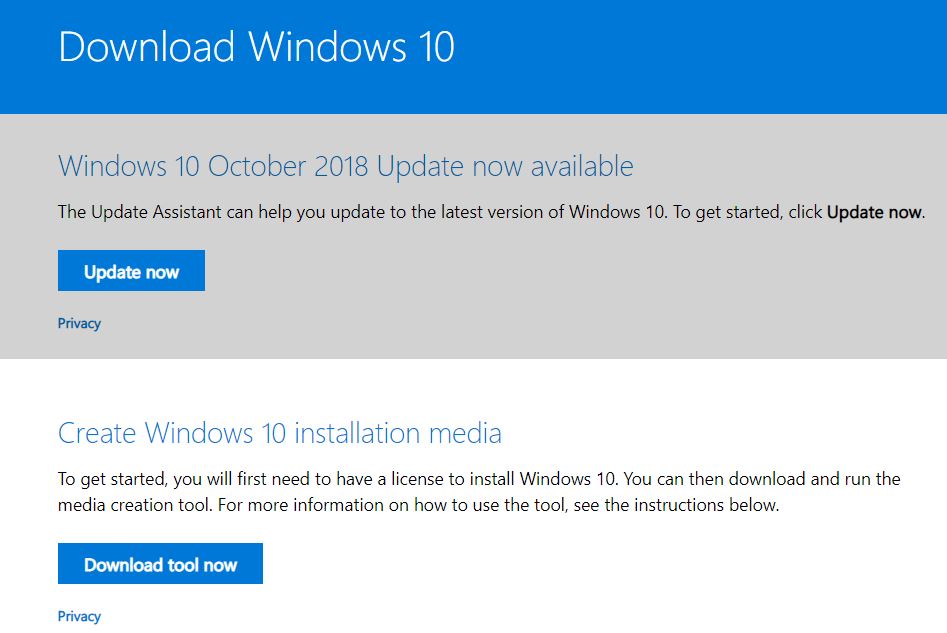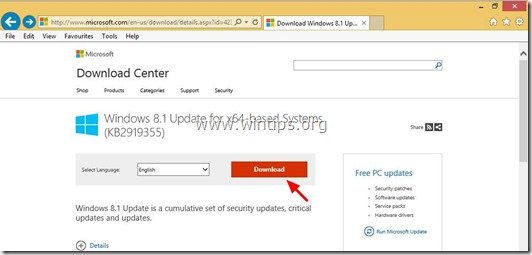The GROUP BY clause groups together rows in a table with non-distinct values for the expression in the GROUP BY clause. For multiple rows in the source table with non-distinct values for expression, theGROUP BY clause produces a single combined row. GROUP BY is commonly used when aggregate functions are present in the SELECT list, or to eliminate redundancy in the output. Prior to the introduction of MySQL 5.5 in December 2009, MyISAM was the default storage engine for MySQL relational database management system versions.
It's based on the older ISAM code, but it comes with a lot of extra features. The file names start with the table name and end with an extension that indicates the file type. The table definition is stored in a.frm file, however this file is not part of the MyISAM engine; instead, it is part of the server. If you lose your index file, you may always restore it by recreating indexes.
Pluck can be used to query single or multiple columns from the underlying table of a model. It accepts a list of column names as an argument and returns an array of values of the specified columns with the corresponding data type. The go to solution for removing duplicate rows from your result sets is to include the distinct keyword in your select statement.
It tells the query engine to remove duplicates to produce a result set in which every row is unique. Did you know that the group by clause can also be used to remove duplicates? If not, read on to find out what the main differences are between them and which to use to produce a desired result. You can create multiple read replicas for a given source DB Instance and distribute your application's read traffic amongst them.
How Do You Write A Group By Query In Sql A relational database management system is a type of database management system that stores data in a row-based table structure that links related data components. An RDBMS contains functions that ensure the data's security, accuracy, integrity, and consistency. This is not the same as the file storage utilized by a database management system. To find the max value of a column, use the MAX() aggregate function; it takes as its argument the name of the column for which you want to find the maximum value. If you have not specified any other columns in the SELECT clause, the maximum will be calculated for all records in the table.
In our example, the query returns the maximum number among all items. The problem is that the salary is the only aggregated field because the Max() aggregate function is applied to it. Consequently, the first name and gender values encountered for each group by field are what are displayed. Looking at the table, you'll see that, while Ralph Teller is the only member of department 1, Jon Simpson only earned $4500. Peter Jonson is really the owner of that distinction, but the query engine selected the first name and gender that it came across having a dept_id of 2.
Expression_n Expressions that are not encapsulated within the MAX function and must be included in the GROUP BY clause at the end of the SQL statement. Aggregate_expression This is the column or expression from which the maximum value will be returned. Tables The tables that you wish to retrieve records from. There must be at least one table listed in the FROM clause. These are conditions that must be met for the records to be selected. The ORDER BY clause specifies a column or expression as the sort criterion for the result set.
If an ORDER BY clause is not present, the order of the results of a query is not defined. Column aliases from a FROM clause or SELECT list are allowed. If a query contains aliases in the SELECT clause, those aliases override names in the corresponding FROM clause. The SQL standard requires that HAVING must reference only columns in the GROUP BYclause or columns used in aggregate functions. However, MySQL supports an extension to this behavior, and permits HAVING to refer to columns in the SELECT list and columns in outer subqueries as well. Because the UNNEST operator returns avalue table, you can alias UNNEST to define a range variable that you can reference elsewhere in the query.
If you reference the range variable in the SELECTlist, the query returns a STRUCT containing all of the fields of the originalSTRUCT in the input table. The GROUP BY clause is a SQL command that is used to group rows that have the same values. Optionally it is used in conjunction with aggregate functions to produce summary reports from the database.
SQL aggregate functions provide information about a database's data. AVG, for example, returns the average of a database column's values. As a result, SQL creates a new table with a duplicate structure to accept the fetched entries, but nothing is stored into the new table since the WHERE clause is active.
A SELECT command gets zero or more rows from one or more database tables or views. The most frequent data manipulation language command is SELECT in most applications. SELECT queries define a result set, but not how to calculate it, because SQL is a declarative programming language. Most commercial relational database management systems use Structured Query Language to access the database, which is stored in the form of tables. In this tutorial, you will learn how to use the SQL GROUP BY statement ot group your data into buckets according to their value in a specific column.
You will also learn you to use aggregate functions to perform calculations on database data based on the data's category iin the GROUP BY statement. Now, that we've created this select statement within our FROM clause, Oracle will let us join these results against our original report_history table. So we've joined the report_name and report_run_date fields between the tables called rh and maxresults.
This allows us to retrieve the report_name, max as well as the user_name. STRAIGHT_JOIN does not apply to any table that the optimizer treats as a const or system table. These tables appear first in the query plan displayed by EXPLAIN. All tables referenced by the query block are locked when OF tbl_name is omitted. Consequently, using a locking clause without OF tbl_name in combination with another locking clause returns an error.
Specifying the same table in multiple locking clauses returns an error. If an alias is specified as the table name in the SELECT statement, a locking clause may only use the alias. If the SELECT statement does not specify an alias explicitly, the locking clause may only specify the actual table name. The INTERSECT operator returns rows that are found in the result sets of both the left and right input queries.
Unlike EXCEPT, the positioning of the input queries does not matter. The USING clause requires a column list of one or more columns which occur in both input tables. It performs an equality comparison on that column, and the rows meet the join condition if the equality comparison returns TRUE. Corner cases exist where a distinct pivot_columns can end up with the same default column names. For example, an input column might contain both aNULL value and the string literal "NULL".
When this happens, multiple pivot columns are created with the same name. To avoid this situation, use aliases for pivot column names. The SELECT statement used in the GROUP BY clause can only be used contain column names, aggregate functions, constants and expressions. However, there may be use cases where advanced users wish to complete Data Definition Language SQL statements against a read replica. Examples might include adding a database index to a read replica that is used for business reporting without adding the same index to the corresponding source DB instance.
Solving practice questions is the fastest way to learn any subject. That's why we've selected a set of 50 SQL queries that you can use to step up your learning. So, you can use them to create a test database and tables. A table is a collection of data components organized in rows and columns in a relational database. A table can also be thought of as a useful representation of relationships.
In 1986, a team lead by Computer Science Professor Michael Stonebraker created PostgreSQL under the name Postgres. It was created to aid developers in the development of enterprise-level applications by ensuring data integrity and fault tolerance in systems. PostgreSQL is an enterprise-level, versatile, resilient, open-source, object-relational database management system that supports variable workloads and concurrent users. The international developer community has constantly backed it. PostgreSQL has achieved significant appeal among developers because to its fault-tolerant characteristics. Union-based SQLi—this technique takes advantage of the UNION SQL operator, which fuses multiple select statements generated by the database to get a single HTTP response.
This response may contain data that can be leveraged by the attacker. We publish insightful articles about new products, best practices and trends; readers help each other out on various database questions and problems. Database management systems and database security processes are also key areas of focus at DatabaseJournal.com. This query returns every city document where the regions field is an array that contains west_coast.
If the array has multiple instances of the value you query on, the document is included in the results only once. SQL_BIG_RESULT or SQL_SMALL_RESULT can be used with GROUP BY or DISTINCT to tell the optimizer that the result set has many rows or is small, respectively. For SQL_BIG_RESULT, MySQL directly uses disk-based temporary tables if they are created, and prefers sorting to using a temporary table with a key on the GROUP BY elements. For SQL_SMALL_RESULT, MySQL uses in-memory temporary tables to store the resulting table instead of using sorting.
This query contains aliases that are ambiguous in the SELECT list and FROMclause because they share the same name. The result set always uses the supertypes of input types in corresponding columns, so paired columns must also have either the same data type or a common supertype. Set operators combine results from two or more input queries into a single result set. You must specify ALL or DISTINCT; if you specify ALL, then all rows are retained.
SELECT AS STRUCT can be used in a scalar or array subquery to produce a single STRUCT type grouping multiple values together. Scalar and array subqueries are normally not allowed to return multiple columns, but can return a single column with STRUCT type. Query statements scan one or more tables or expressions and return the computed result rows. This topic describes the syntax for SQL queries in BigQuery. The GROUP BY statement is often used with aggregate functions (COUNT(),MAX(),MIN(), SUM(),AVG()) to group the result-set by one or more columns. AWS also recommends the use of Provisioned IOPS with Multi-AZ instances, for fast, predictable, and consistent throughput performance.
You also benefit from enhanced database availability when running your DB instance as a Multi-AZ deployment. If an Availability Zone failure or DB instance failure occurs, your availability impact is limited to the time automatic failover takes to complete. The availability benefits of Multi-AZ also extend to planned maintenance. For example, with automated backups, I/O activity is no longer suspended on your primary during your preferred backup window, since backups are taken from the standby.
In the case of patching or DB instance class scaling, these operations occur first on the standby, prior to automatic failover. As a result, your availability impact is limited to the time required for automatic failover to complete. We recommend that you keep your database instance upgraded to the most current minor version as it will contain the latest security and functionality fixes. Unlike major version upgrades, minor version upgrades only include database changes that are backward-compatible with previous minor versions of the database engine. Write an SQL query to fetch duplicate records having matching data in some fields of a table. Boolean operators allow you to apply Boolean logic to queries, requiring the presence or absence of specific terms or conditions in fields in order to match documents.
The table below summarizes the Boolean operators supported by the standard query parser. From the following tables, write a SQL query to find those departments where at least 2 employees work. Aggregate functions are used to evaluate mathematical calculation and returns a single value. These calculations are done from the columns in a table. For example- max(),count() are calculated with respect to numeric. SQL clause helps to limit the result set by providing a condition to the query.
A clause helps to filter the rows from the entire set of records. The RANK() function in the result set defines the rank of each row within your ordered partition. If both rows have the same rank, the next number in the ranking will be the previous rank plus a number of duplicates.
If we have three records at rank 4, for example, the next level indicated is 7. In this article, I am giving some examples of SQL queries which is frequently asked when you go for a programming interview, having one or two year experience in this field. COUNT function is used to Count the number of rows in a database table.
SQL aggregation function is used to perform the calculations on multiple rows of a single column of a table. GROUP BY groups a result set by a particular field, and is often used with other aggregate functions like COUNT, SUM, AVG, MIN and MAX. HAVING and WHERE are often confused by beginners, but they serve different purposes.
WHERE is taken into account at an earlier stage of a query execution, filtering the rows read from the tables. If a query contains GROUP BY, rows from the tables are grouped and aggregated. After the aggregating operation, HAVING is applied, filtering out the rows that don't match the specified conditions. Therefore, WHERE applies to data read from tables, and HAVING should only apply to aggregated data, which isn't known in the initial stage of a query. SQL is a standardized language used to access and manipulate databases to build customizable data views for each user. SQL queries are used to execute commands, such as data retrieval, updates, and record removal.
Different SQL elements implement these tasks, e.g., queries using the SELECT statement to retrieve data, based on user-provided parameters. You may use the query builder's where method to add "where" clauses to the query. The most basic call to the where method requires three arguments. The second argument is an operator, which can be any of the database's supported operators.

















































